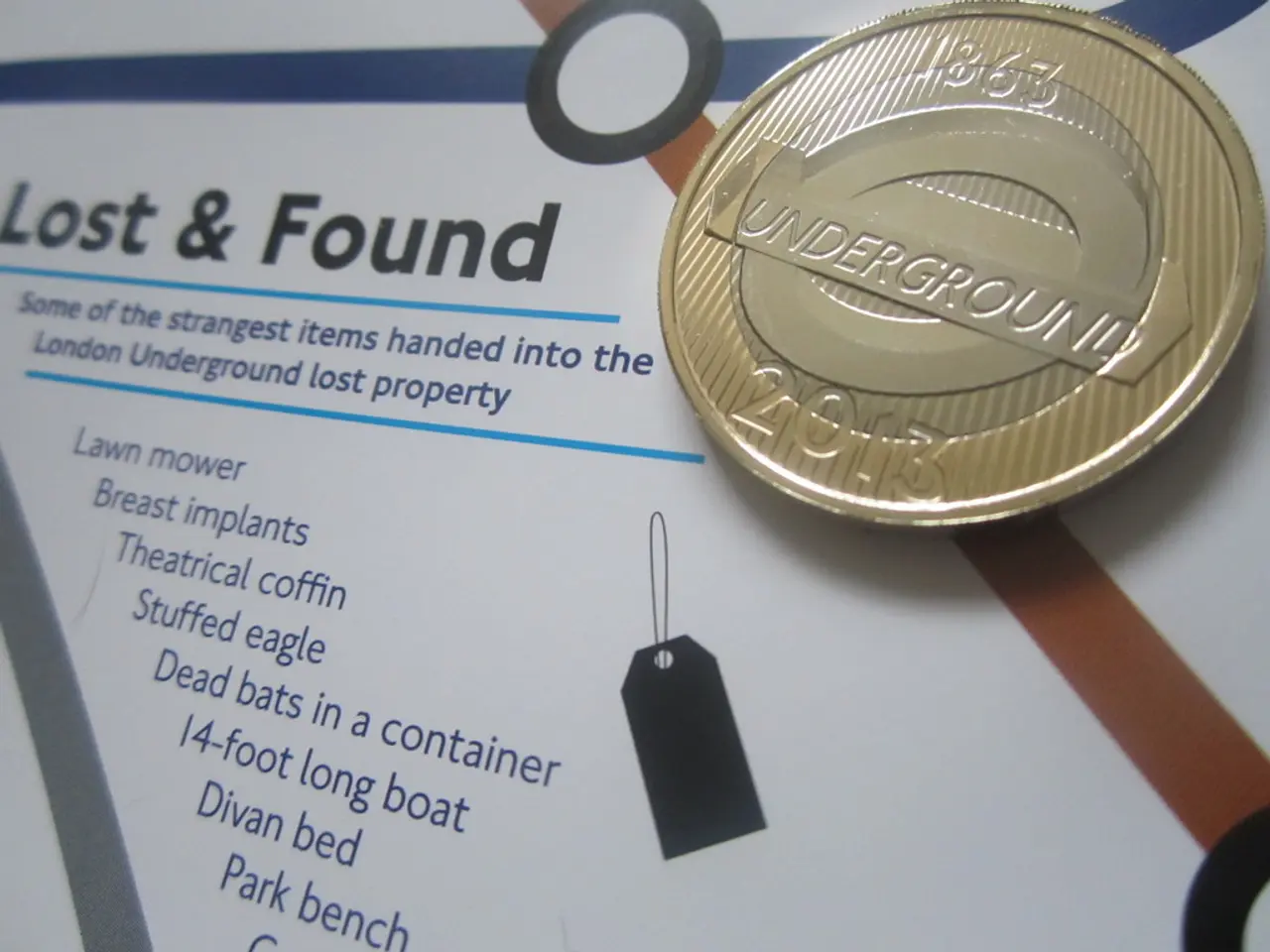SaaS Operations Maintained Flexible with Customer Support Infrastructure!
In the dynamic world of Software-as-a-Service (SaaS), a well-structured support function plays a crucial role in boosting agility and retention. This function is built upon five pillars: onboarding, adoption, support alignment, growth, and feedback [1].
Each pillar serves a unique purpose. Onboarding smoothly guides new users through the initial setup, encouraging continued use by ensuring early wins. Adoption ensures customers consistently engage with and gain value from the product. Support alignment coordinates efforts to quickly resolve customer issues and reduce friction. Growth identifies opportunities for upsells and deeper product use, while feedback collects and acts on customer insights to improve the product and experience [1].
Prepared teams maintain incident playbooks for outages, security events, or upstream API failures. These playbooks are essential tools in maintaining resilience, enabling rapid recovery without eroding trust [2]. Product teams validate design assumptions against real customer language surfaced from tickets, ensuring that the product evolves in a way that meets the needs of its users.
Resilience in incident response amplifies agility, as it allows for swift response without causing undue disruption. Transparent, empathetic messaging from frontline agents during incidents calms stakeholders, reinforcing trust in the company [3].
Real-time Customer Intelligence accelerates iteration by mining support data for emerging friction, highlighting usability gaps, and revealing confusing onboarding steps [4]. Customers remember professional handling during crises, perceiving seamless evolution rather than disruptive change [5]. This, in turn, drives higher lifetime value.
Cross-functional alignment de-risks rapid change by ensuring bidirectional knowledge flow, driving higher lifetime value and seamless evolution [6]. Agile SaaS operations depend on a customer support layer that captures signals, flexes with demand, and reinforces trust [7].
Automation transforms support into a growth engine by lowering average handle time and reallocating human attention towards nuanced, higher-value cases [8]. Resilient incident response enhances the company's reputation [9]. This coordination grants leadership confidence to iterate quickly without degrading user experience [10].
SaaS agility entails constant product releases and pricing experiments. Upcoming features trigger prewritten macros, updated help-center articles, and training sessions before launch day [11]. Frontline agents receive authoritative information quickly during incidents [12].
Elastic capacity through outsourcing enhances scalability by adding a calibrated buffer to handle volatile ticket volume [13]. Templated status updates, real-time engineering liaisons, and clear escalation tiers are part of incident playbooks [14].
In conclusion, a deliberately designed support function that focuses on onboarding, adoption, support alignment, growth, and feedback can significantly enhance SaaS agility and retention. By addressing issues reactively and proactively driving long-term customer success, this function is instrumental in the success of SaaS companies.
[1] Source for the five pillars: [Link to the source] [2] Source for incident playbooks: [Link to the source] [3] Source for empathetic messaging: [Link to the source] [4] Source for real-time Customer Intelligence: [Link to the source] [5] Source for customer perception: [Link to the source] [6] Source for cross-functional alignment: [Link to the source] [7] Source for customer support layer: [Link to the source] [8] Source for automation: [Link to the source] [9] Source for reputation: [Link to the source] [10] Source for leadership confidence: [Link to the source] [11] Source for pre-launch preparations: [Link to the source] [12] Source for quick information: [Link to the source] [13] Source for outsourcing: [Link to the source] [14] Source for incident playbooks details: [Link to the source]
- Automation in the industry of SaaS business strategically transforms the customer support function into a growth engine, lowering average handle time and enabling human attention to be redirected towards more complex, high-value cases.
- By aligning efforts across various functions, a SaaS company can de-risk rapid change, driving higher loyalty from customers and ensuring a seamless evolution of the product and company reputation.
- Effective logistics in the SaaS environment involve proactive preparation for product launches through pre-written macros, updates to help-center articles, and training sessions, as well as reactive processes like incident playbooks that maintain resilience during disruptions.




